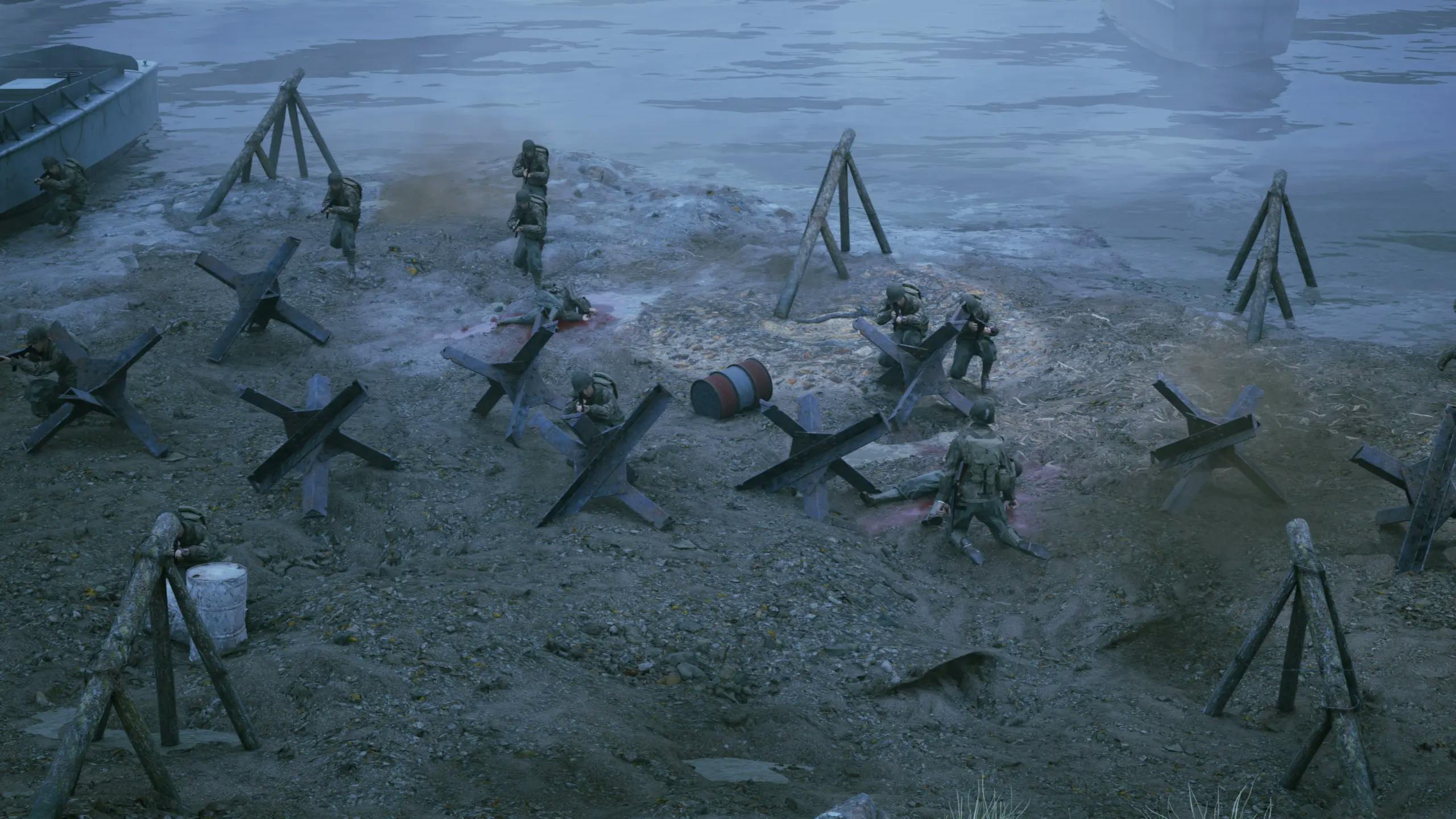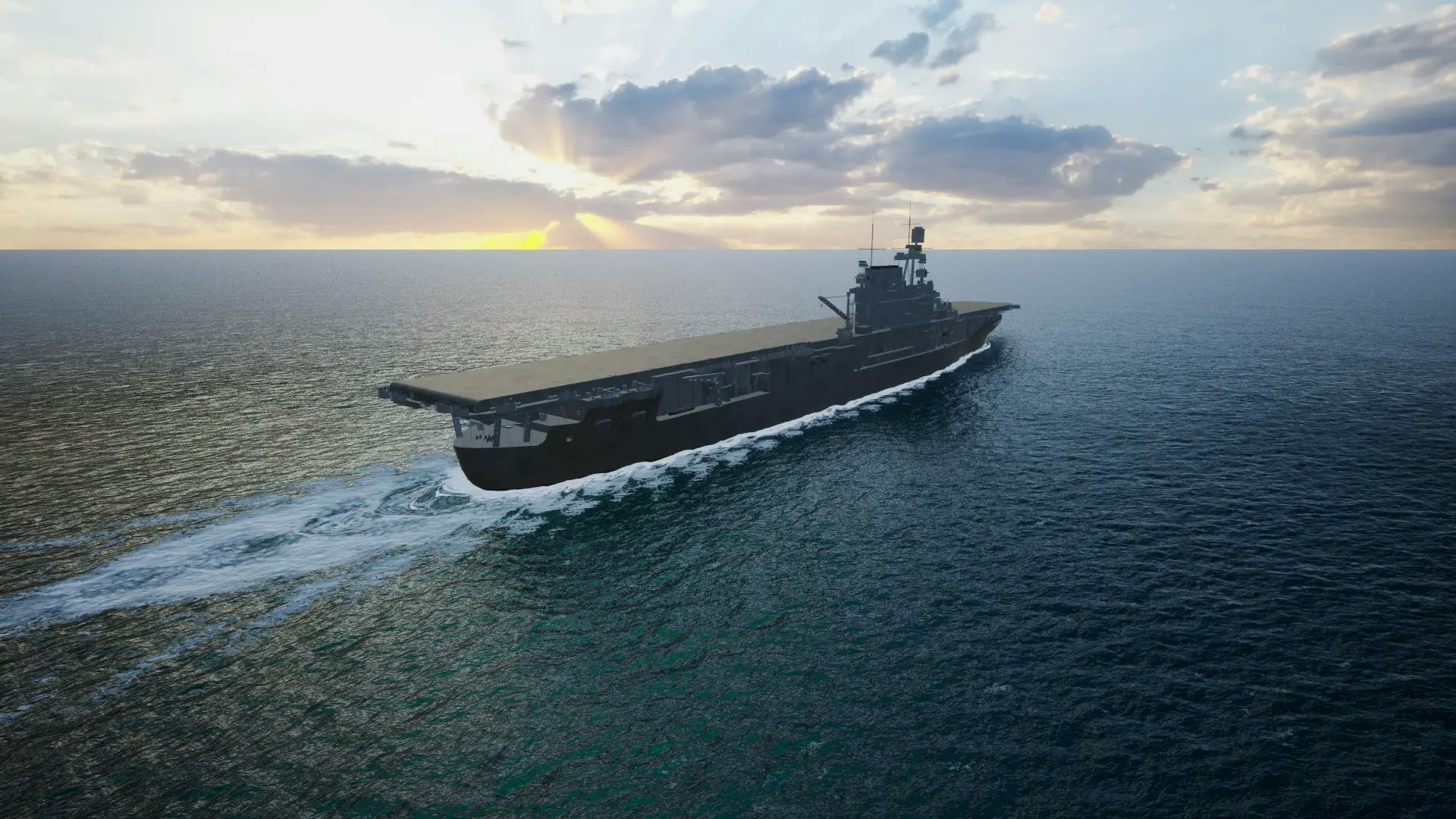
Virtual Museums
Preserve and revive history
About the project
Virtual museums is a concept and technological foundation for reconstructing the events, people and objects from the past. This is achieved by using the power of real-time and interactive 3D graphics. By using real-time and interactive 3D graphics, we can reconstruct almost anything from the past. For example: Ancient civilizations, Historical achievements, Historical battles: Battle of Midway, Stalingrad, Normandy, Battle of the Bulge, Important people…
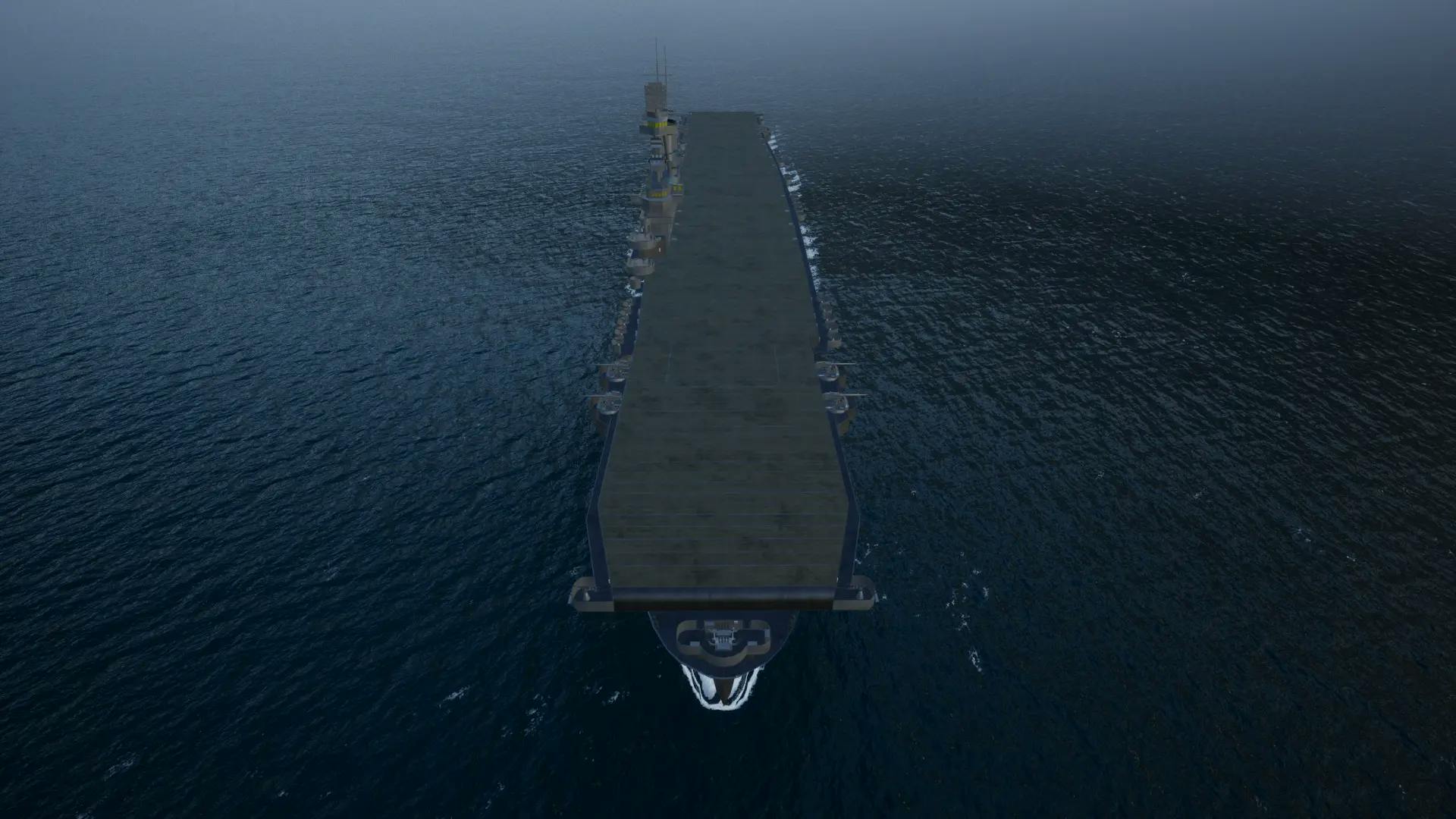
Accomplishments
Great real time rendering performance
Digital 3D Restoration of CV-6 USS Enterprise aircraft carrier
Realistic physics
Realistic animations
Virtual WW2 Museum
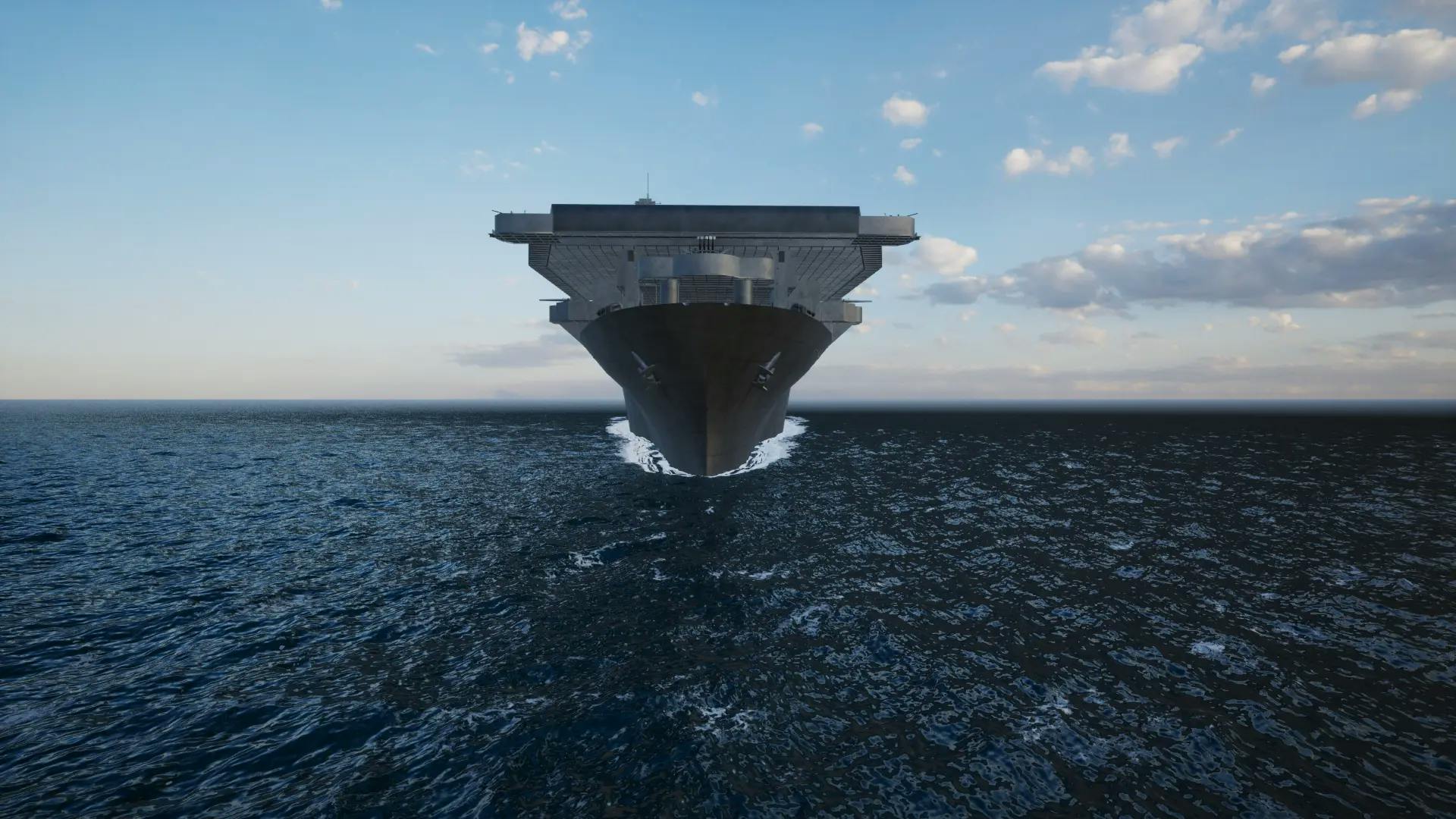
Benefits of virtual museums over real-life physical museums
Real-life Museums
Virtual Museums
Maintenance costs
Extremely high
Very low
Accessibility
Physical presence required
Anyone with proper hardware
Real-life Museums
- Extremely high maintenance cost
- Physical presence required
Virtual Museums
+ Very low maintenance cost
+ No physical presence required
CV-6 USS Enterprise
“Enterprise” was a Yorktown-class aircraft carrier of the US Pacific Navy during World War 2. One of only three aircraft carriers built before the start of WW2 that survived the war.
It took part in many well-known naval battles and missions in the Pacific theater during WW2. Pearl Harbor, Coral Sea, Midway, Solomon Islands…
“Enterprise” earned 20 battle stars, making it the most decorated U.S. ship of World War II. Being the sole surviving Yorktown-class carrier, and also the ship with the best service record of them all, it definitely deserved to be preserved as a warship museum.
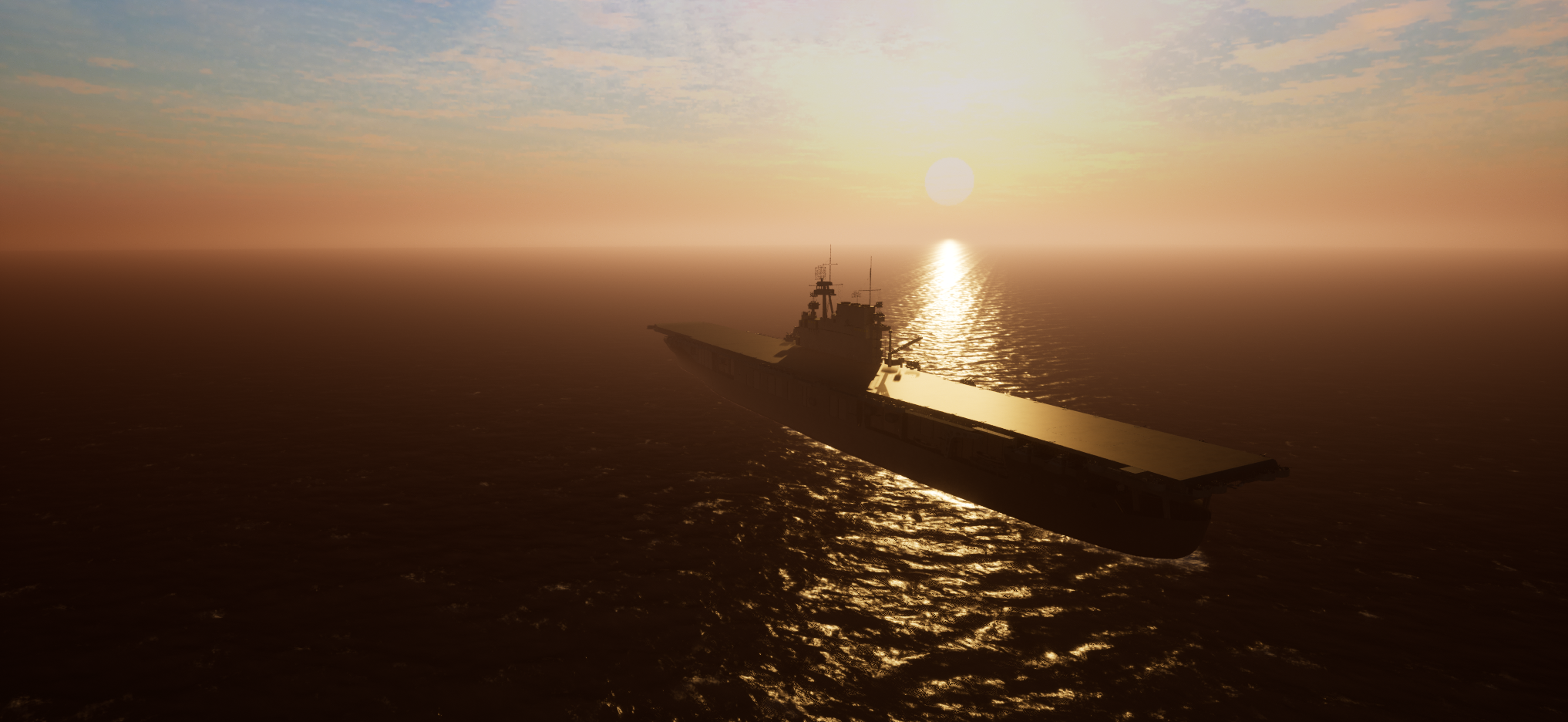
Revival of
CV-6 USS Enterprise
By using real-time 3D technology and historical archives, we can recreate a highly realistic representation of the actual ship, the CV-6 USS Enterprise that existed 80 years ago. Not just the ship itself, but also its aircraft and crew.
At the moment, we are using a low-poly mockup 3D model of the CV-6 Enterprise. Our plan is to eventually reconstruct the whole ship, starting from its exteriors. The process of reconstruction of its aircraft and guns has already started.
The plan is to use the old and new experience and construct the production pipeline and go beyond the CV-6 project.
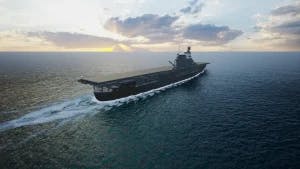
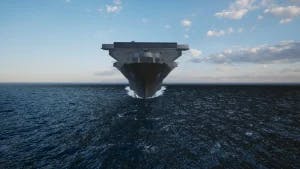
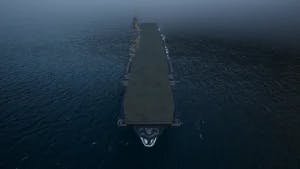
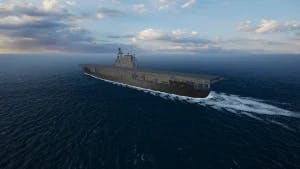
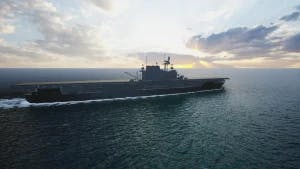
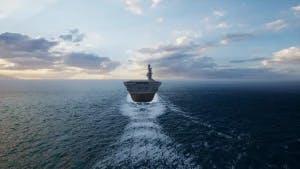
Oerlikon
20 mm cannon
The Oerlikon 20 mm cannon has a rate of fire of up to 600 rounds per minute and is fed by a top–mounted drum magazine containing either belt–fed or drum–fed ammunition. It is capable of firing armor–piercing, high–explosive, incendiary, and tracer rounds.
The cannon is lightweight (only 30 kg) and highly maneuverable, making it suitable for anti–aircraft and ground attack roles.
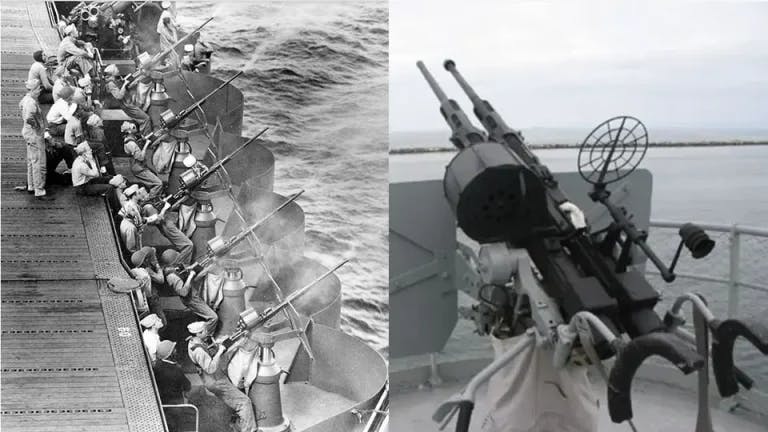
The Oerlikon 20 mm cannon had a rate of fire of up to 600 rounds per minute and was fed by a top–mounted drum magazine containing either belt–fed or drum–fed ammunition. It was capable of firing armor–piercing, high–explosive, incendiary, and tracer rounds.
The cannon was lightweight (only 30 kg) and highly maneuverable, making it suitable for anti–aircraft and ground attack roles.
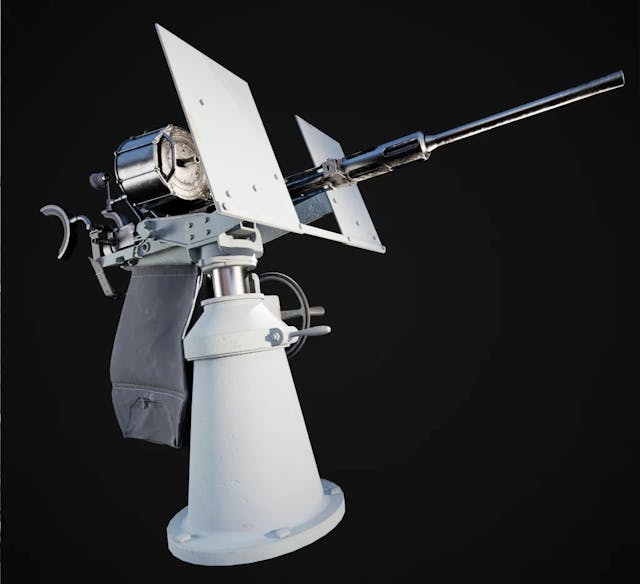
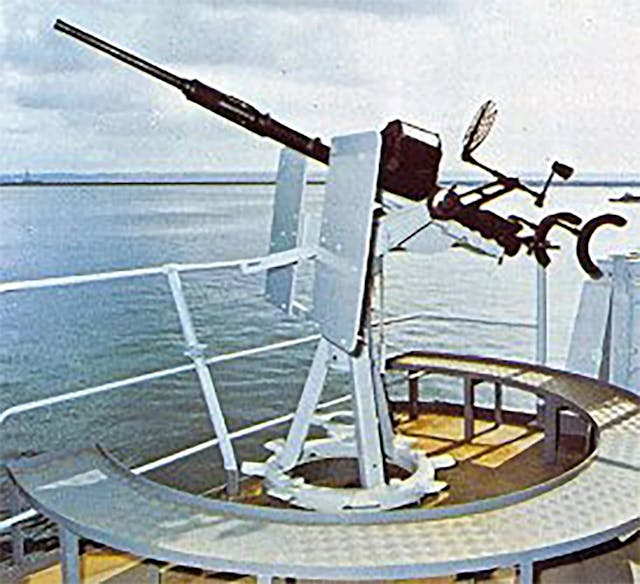
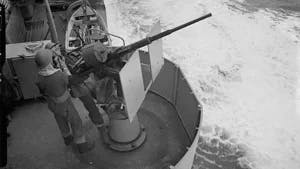
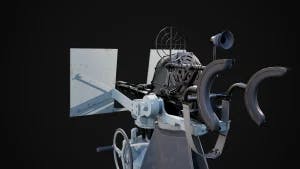
Douglas SBD Dauntless
The SBD (“Scout Bomber Douglas”) was the United States Navy‘s main carrier-based scout/dive bomber from mid-1940 through mid-1944.
During its combat service, the SBD proved to be an excellent naval scout plane and dive bomber.
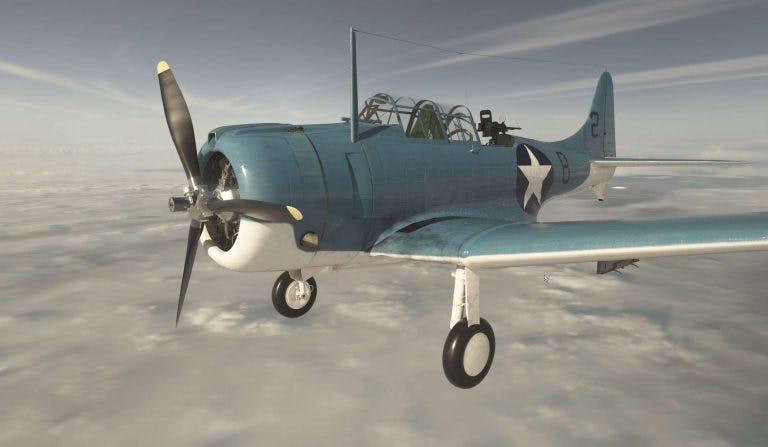
The Oerlikon 20 mm cannon had a rate of fire of up to 600 rounds per minute and was fed by a top–mounted drum magazine containing either belt–fed or drum–fed ammunition. It was capable of firing armor–piercing, high–explosive, incendiary, and tracer rounds.
The cannon was lightweight (only 30 kg) and highly maneuverable, making it suitable for anti–aircraft and ground attack roles.
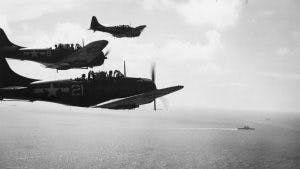
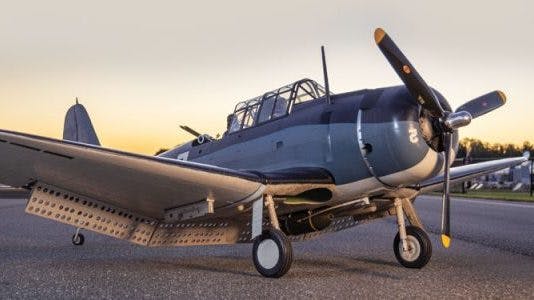
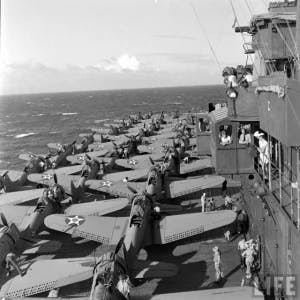

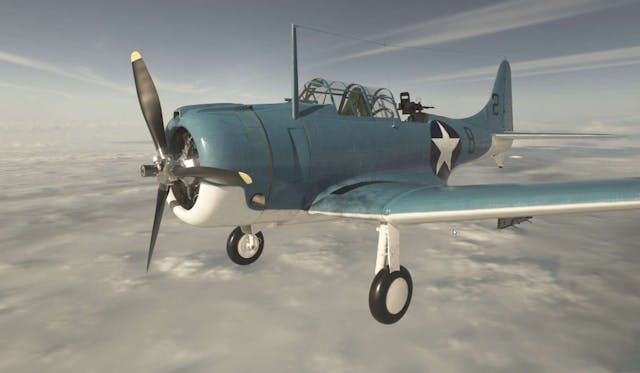
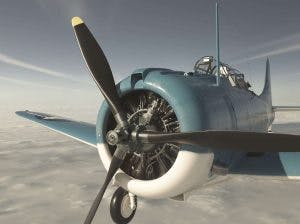
Examples
We can reconstruct the events, people or objects that existed in the past by using real-time and interactive 3D graphics.
Ancient civilizations
Historical achievements
Historical battles
Natural & human caused disasters
Important people
What's the value?
Education about history in more interesting and interactive way.
Curiosity – how did it look and feel back then?
Life lessons – what can we learn from the past?
Additional layer to the already existing archives (books, photos, videos…)
Wide range of media formats available: VR/AR apps, virtual museums, movies, interactive applications…
Problems
There are three major problems preventing us from reconstructing history:
Impossible – missing people, locations…
Undesirable – wars, disasters
Extremely expensive – spending huge amounts of money (8+ figure numbers) just isn’t always justifiable
Solutions
We can reconstruct the events, people or objects that existed in the past by using software technologies from other industries, primarily video games.
Have a Project?
Let's discuss!
Schedule a free consultation with one of our experts.
Choose any time you want.
We'll reach out to you in up to 24 hrs.
